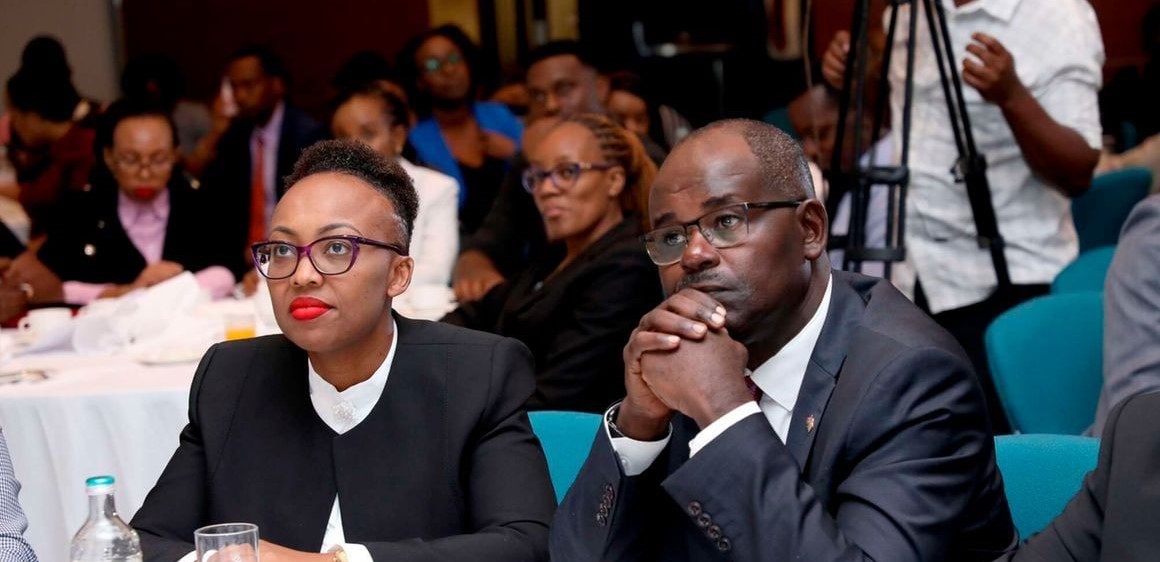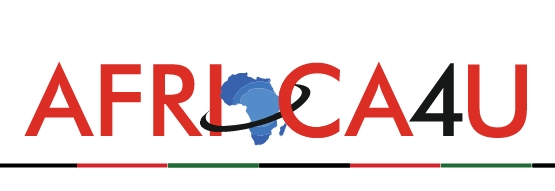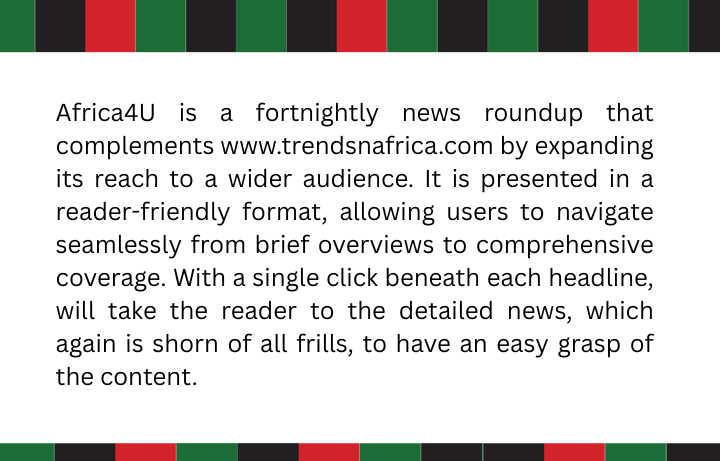(3 Minutes Read)
Kenyan commercial banks have availed Sh32.7 billion from the Central Bank of Kenya’s (CBK) discount window in the first two months of the year, pointing to liquidity woes facing the lenders. The drawings in January and February are in contrast to a similar window last year when lenders did not tap a single cent from the CBK facility.
The CBK runs a discount window from which banks can tap funds as a last resort after exhausting all other avenues, including borrowing from each other. Transactions here occur through reverse repos which are commonly used by the CBK to advance short-term capital to other businesses during cash flow challenges. Reverse repos involve the purchase of government securities by the CBK from commercial banks.
Banks also have the option of borrowing from each other in the inter-bank market, a network used by financial institutions to extend loans over a specified period. Kenya Bankers Association (KBA) chief executive officer Habil Olaka said the increased use of the CBK emergency loans is due to the lack of adequate liquidity in the interbank market where lending rates are moving closer to the ceiling, set at 2.5 percent above the current benchmark lending rate. The average interbank lending rate stood at 13.76 percent, easing from 14 percent last week. When the interbank rates are moving towards the upper end of the interest corridor, it means that the market is tight and thereby CBK needs to introduce liquidity in the market. When liquidity is not introduced, banks have to seek alternatives and you see several banks falling back to the window, stated Olaka. The prevailing lending conditions in the interbank market are attributable in part to the tightening of monetary policy by the CBK with the current benchmark lending rate sitting at a 12-year high of 13 percent.
The CBK also trimmed the interest applicable on the discount window from six percentage points above the CBR. Additional interventions by the CBK have included the implementation of DhowCSD, the upgraded central depository infrastructure, which is expected to also improve the functioning of the interbank market by facilitating collateralised lending among commercial banks which is also known as the horizontal repo market. Any bank lending in the interbank market is, for instance, not allowed to access funds from the window on the same day while on any week banks are restricted from borrowing a maximum of their statutory cash reserves. The CBK adjusts terms and rates to the discount window access on a need basis where shocks to liquidity in the interbank market warrant ease to conditions of drawing from the emergency facility.
Read Also:
https://trendsnafrica.com/kenyan-enterprises-bag-sankalp-africa-awards/
The Central Bank of Kenya is responsible for formulating monetary policy to achieve and maintain price stability. The Central Bank also promotes financial stability; an effective and efficient payment, clearing, and settlement system; formulates and implements foreign exchange policies; holds and manages foreign exchange reserves; issues currency; and is the banker for, adviser to, and fiscal agent of the Government.





